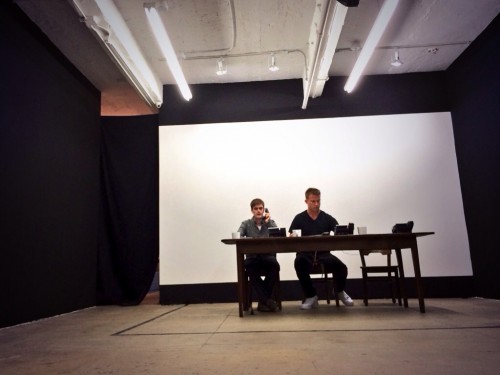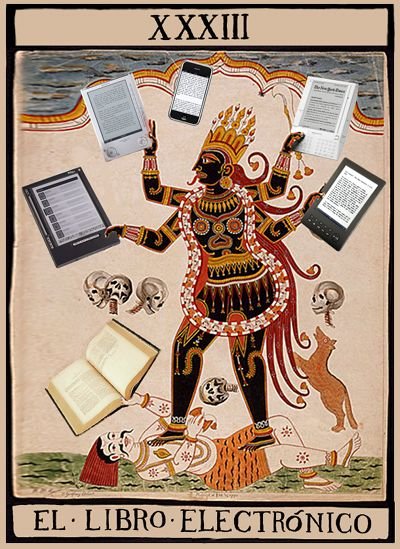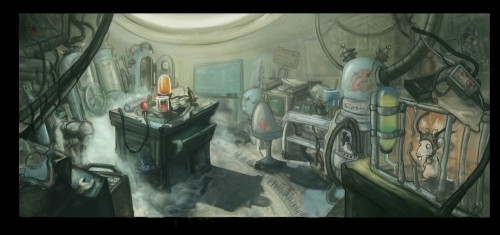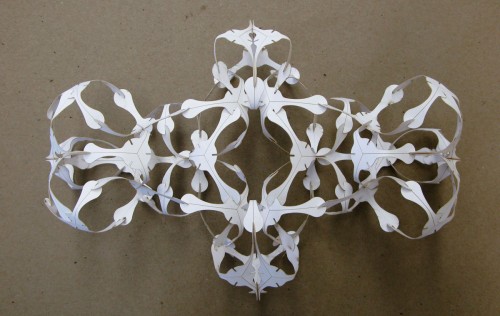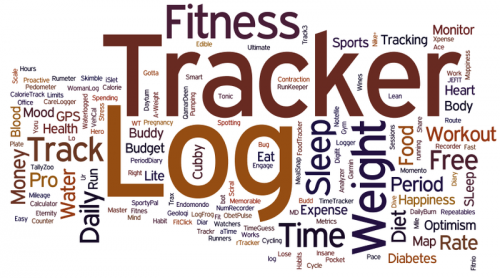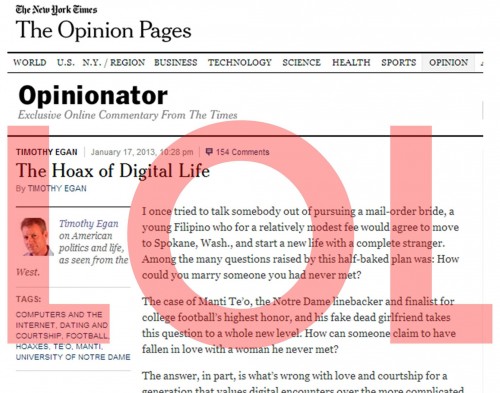The Merriam-Webster College Dictionary announced on Monday its addition of 150 new words. Many of these are technologically derived. Selfie, hashtag, tweep, and catfish (false identity—not the sea creature) are all included. Many media outlets reporting on this are interested in how new technologies continue to influence language through the addition of informal terms first utilized by teen populations.
However, many of the words are not, in fact, technologically rooted. There are additions in food (e.g., turducken), geography (e.g., ‘yoopers), the environment (e.g., cap and trade) etc. My question is less about why these particular words—technological and not— were added, but rather, why so late? I ate turducken my first Thanksgiving in grad school (before vegetarianism won me over), talked about cap and trade as an undergraduate, and have been ridiculed for referring to my Twitter network as “tweeps” for years. Where have you been, Merriam-Webster? more...



